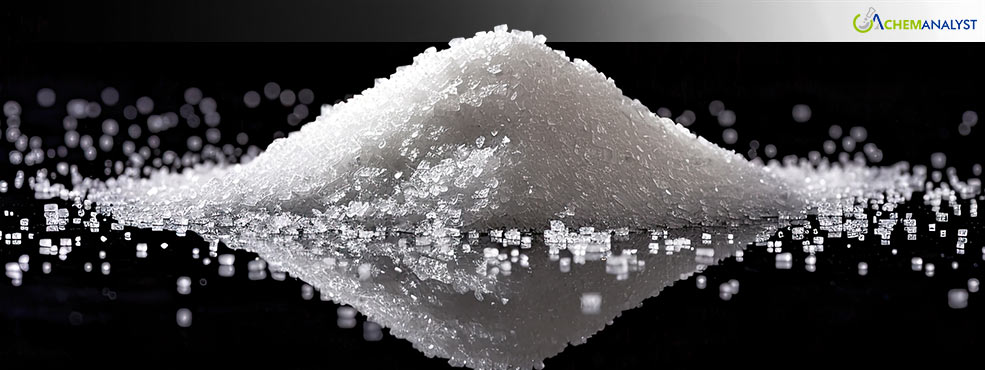Welcome To ChemAnalyst

The demand in the US for Sodium Tripolyphosphate (STPP), a vital ingredient in the detergent and water treatment industry, rose in the first two weeks of December. Its prices stayed elevated due to a combination of supply challenges, firm demand, and seasonal trend; especially since the holiday season is right around the corner.
The detergent sector, a significant downstream consumer of STPP, played a significant role in deciding demand trends. The year-end holiday season brought an uptick in laundry and cleaning activities, and thus a strong demand for detergents and associated raw materials.
Other streams of usage such as the agricultural sector and inventory for winter operations in utilities also influenced the STPP market dynamics, pushing it upwards. The US water treatment chemicals market too experienced steady growth due to local governing bodies and industrial investments. Increased awareness of waterborne pollutants encouraged the adoption of advanced treatment solutions like coagulants, corrosion inhibitors, and biocides.
Usually, the prices for STPP increase this time of the year, but it was counterbalanced by sizeable destocking by manufacturers and suppliers in the winters. Additionally, the stability of STPP raw materials prices provided some predictability in the market. Reduced Chinese phosphate exports and US production challenges tightened global supply, adding to the elevated costs for key raw materials. This interplay between detergent demand and STPP pricing dynamics continues to influence the broader market outlook.
Commercially, supply challenges persisted due to moderate output capacity and disruptions in the production chain. STPP exporters responded to the challenge by increasing prices to manage strained supplies. Nevertheless, consistent demand across various sectors supported market stability. Globally, demand for water treatment chemicals continued to rise as challenges related to water scarcity, pollution, and wastewater management intensify.
The local government bodies sector remained an important driver, fueled by the ongoing investments in modernizing outdated water systems and meeting stricter environmental regulations. Industrial users also contributed significantly, particularly in water treatment processes such as cooling systems and wastewater management.
Moreover, chemical output rose slightly in November, marking the second consecutive increase month-on-month (MoM). Production was greater in organic compounds, and various other specialty chemicals including STPP. These gains were counterbalanced by decreased output of inorganic chemicals, fertilizers, and crop protection substances. In comparison to the previous month, overall chemical output increased by 2.2%. Chemical capacity utilization remained stable in November at 78.2% (in comparison to October) but increased from 77.4% year-on-year (YoY) basis.
We use cookies to deliver the best possible experience on our website. To learn more, visit our Privacy Policy. By continuing to use this site or by closing this box, you consent to our use of cookies. More info.
